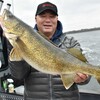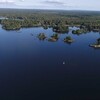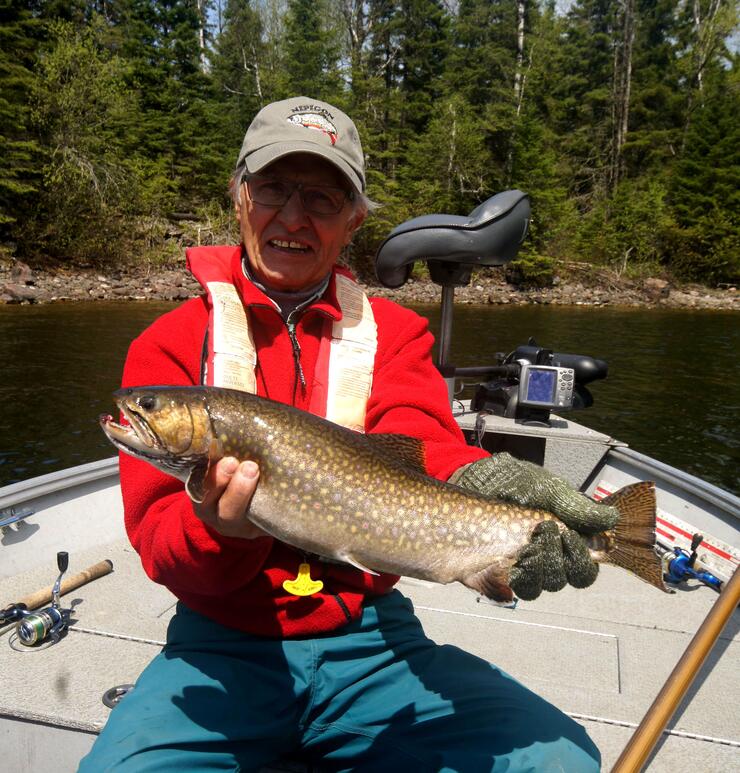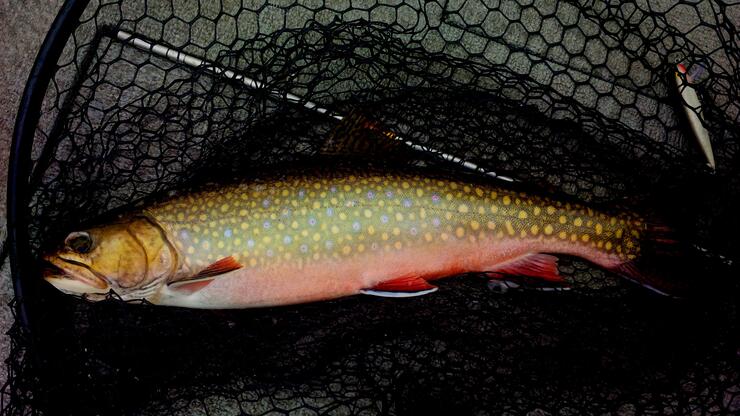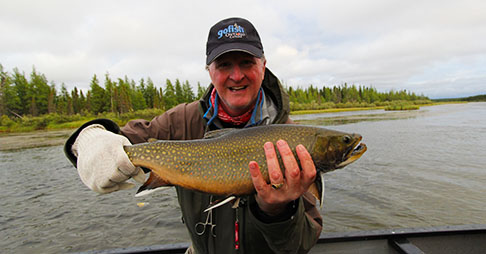
Finding Summer Brook Trout in Lakes
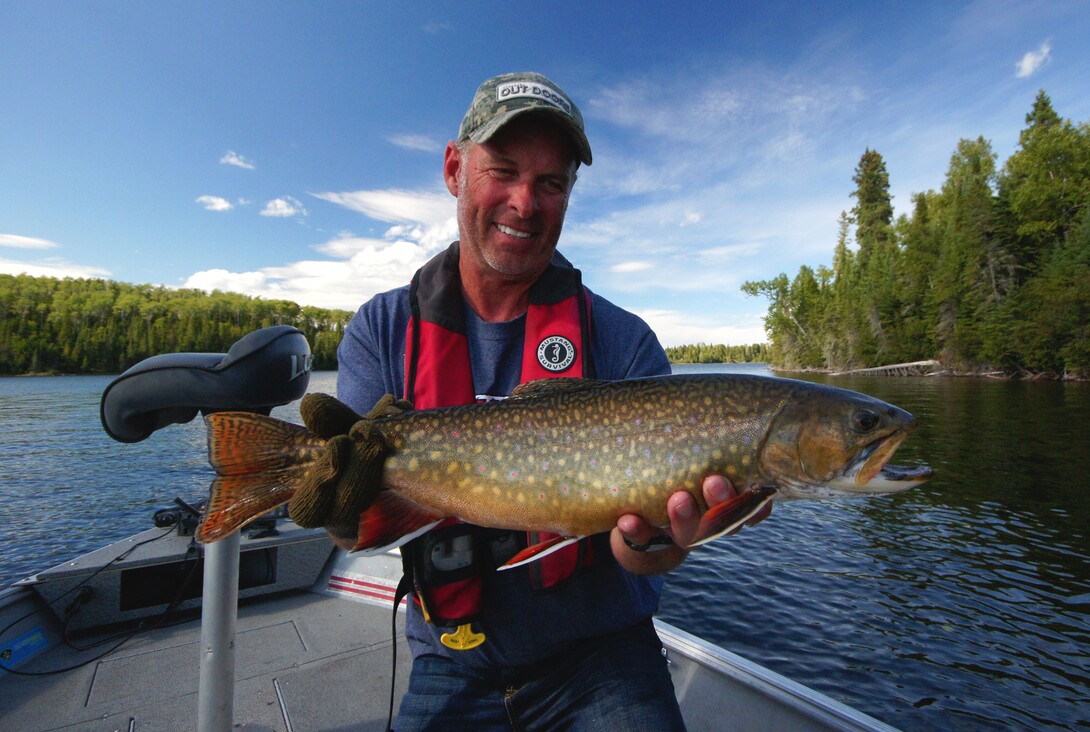
Perhaps the most difficult trick for the brook trout angler is to find and consistently catch summer brook trout in Ontario lakes. Temperature-sensitive brookies can’t abide by the hot surface temperatures of summer. Because of this, they drop down into areas that provide the temperatures they need to survive and thrive. This may be in the deep or in springs that provide cool, well-oxygenated water. Many summer anglers are frustrated by their inability to find brook trout during the dog days and give it up as hopeless.
Summer brookies can be caught, however. You just have to adjust your regular techniques and locations to do it.
The majority of lakes with brook trout are clear, and rocky, and have some areas of deep water. These lakes can be large or small, but they will almost always be difficult to fish for brook trout during the summer. Once the shoreline water temperatures reach 15° C or so, they become uncomfortable for the brookies to live in. Likewise, the shallow lily pond bays that had trout in the spring become brook trout deserts due to decreased oxygen and heat.
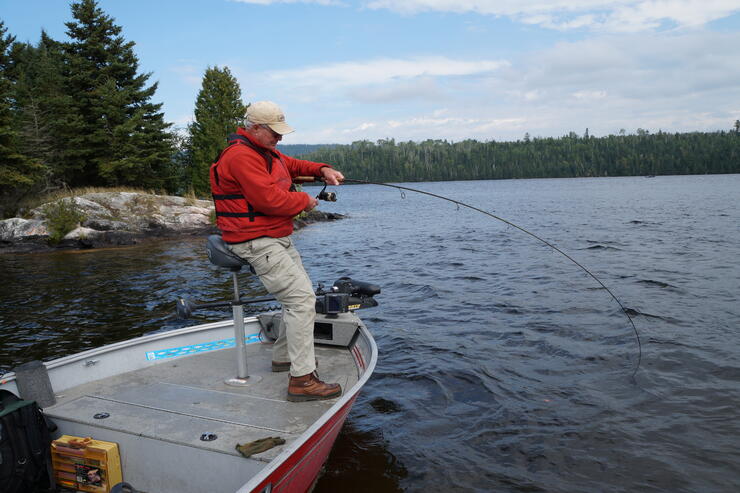
During summer, brook trout in natural lakes will slip into the deeper waters that provide cooler temperatures. Often they will hang around classic drop-offs that slip into 20 feet or more. If the drop-off is close to a rock reef or large flat, so much the better. Flats provide feeding areas the trout can slip on and off easily without leaving the cool water for long. Look for boils or splashes on the surface over flats. Summer trout often feed on emerging aquatic insects and will usually show themselves. This is when a fly angler can clean house, fishing streamers or wet fly patterns. If the trout are taking mayflies off the surface, try a Stimulator or other large dry fly pattern. Brook trout as a rule are far less selective about flies than brown trout.
When fishing mid-lake reefs, it seems the brookies will roll up on them morning and evening, and whenever the lake gets blown up. The wave action seems to make the surface water more comfortable for the trout while breaking up the surface. In the morning, it’s not unusual to see fish boiling all over them. Casting spinners such as the #3 Mepps Aglia, or small, light spoons like the EGB or Little Cleo are hard to beat when trout are on reef tops. Small crankbaits also work well when the trout are up on the reef and feeding on minnows. One of my favourite lures for fishing the shallow water of a reef is a small, silver Husky Jerk or Countdown. Cast the lure on top, jerk it lightly, then let it sit for a moment. Strikes will be explosive.
When the trout are hanging deeper off the edge of the reef, jigs are the way to go. Multi-colour bucktail jigs like those made by Mighty Mitch and Jungle Joe jig flies, of Terrace Bay, are killer lake bait. Cast the jig fly out and swim it back a foot or two off bottom. Bring the jig back with an undulating, swimming motion. Use a white or orange-coloured head, as this will be more visible to you in clear water. Often if you can see the jig, you will spot followers behind it and you can tease them into striking. Brookies can’t resist this presentation.
Natural coloured plastic-bodied jigs also work well in the summer, with black, white, and smoke bodies getting the nod. The scent-impregnated products such as Gulp and Trigger X are very effective on brook trout. To fish the jig on a reef, cast it to the edge, let it fall, then swim it back, raising and lowering the rod tip on the retrieve. If you don’t have a hit initially, on the second cast, let the jig fall slowly between short retrieves. This will get the bait deeper.
When trout are not holding tight to mid-lake reefs or drop-offs, they can also be found patrolling the thermocline. The thermocline is the temperature transition between the warm surface and the cooler, deep water layer. Here the temperature decreases rapidly from the mixed layer temperature near the surface to the much colder deep water temperature. A thermocline is like an invisible blanket separating the upper mixed layer from the calmer, colder deep water below. In natural lakes, the thermocline tends to be about 20 to 30 feet from the surface in the heat of summer. Brookies will break away from this comfort zone to chase food for short periods of time. Trolling a spoon or deep diving crankbait just above the thermocline is one great way to catch fish holding close to it.
Catching brookies in the summer is almost always a challenge, and can test the patience of even the most committed trout freak. Yet with the help of an open mind, a little determination, and some of the tips presented here, you should have success this season. Few things make a summer day sweeter than a few big brook trout on the line.
Recommended Articles

3 Great Ontario Walleye Destinations

5 Places to Shore Fish
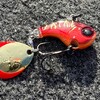
Wag Your Tail For More Walleye, Bass and Trout
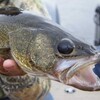
Wind, Cloud & Walleye
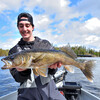
The Spin on Early Season Walleye

Four Seasons of Bass in Ontario
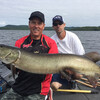
Talon Lake Lunge
Awesome Algonquin

Eating Northern Pike
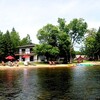
Balsam Lake Walleye
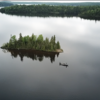
Dog Lake Walleye

Long Nose Gar
Top 5 Musky Destinations in Ontario
Don’t Be Afraid Of Muskies
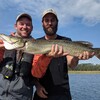
Proven Patterns for Giant Northern Pike
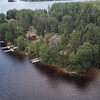
Happy Days Full of Bass
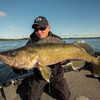
Eagle Lake Island Lodge
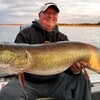
Debunking Muskie Myths
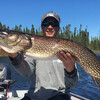
Ontario’s Monster Pike Fishing Adventures
